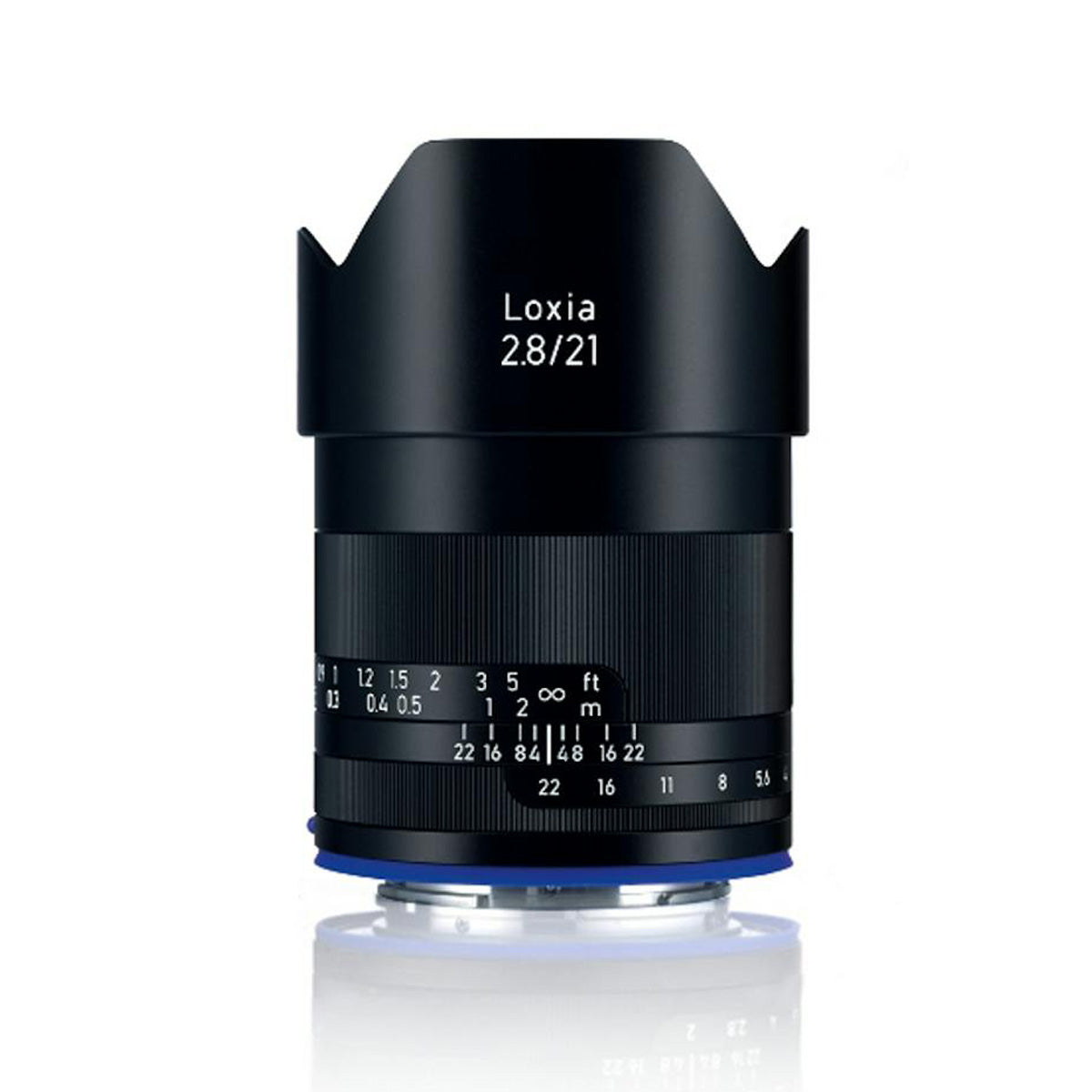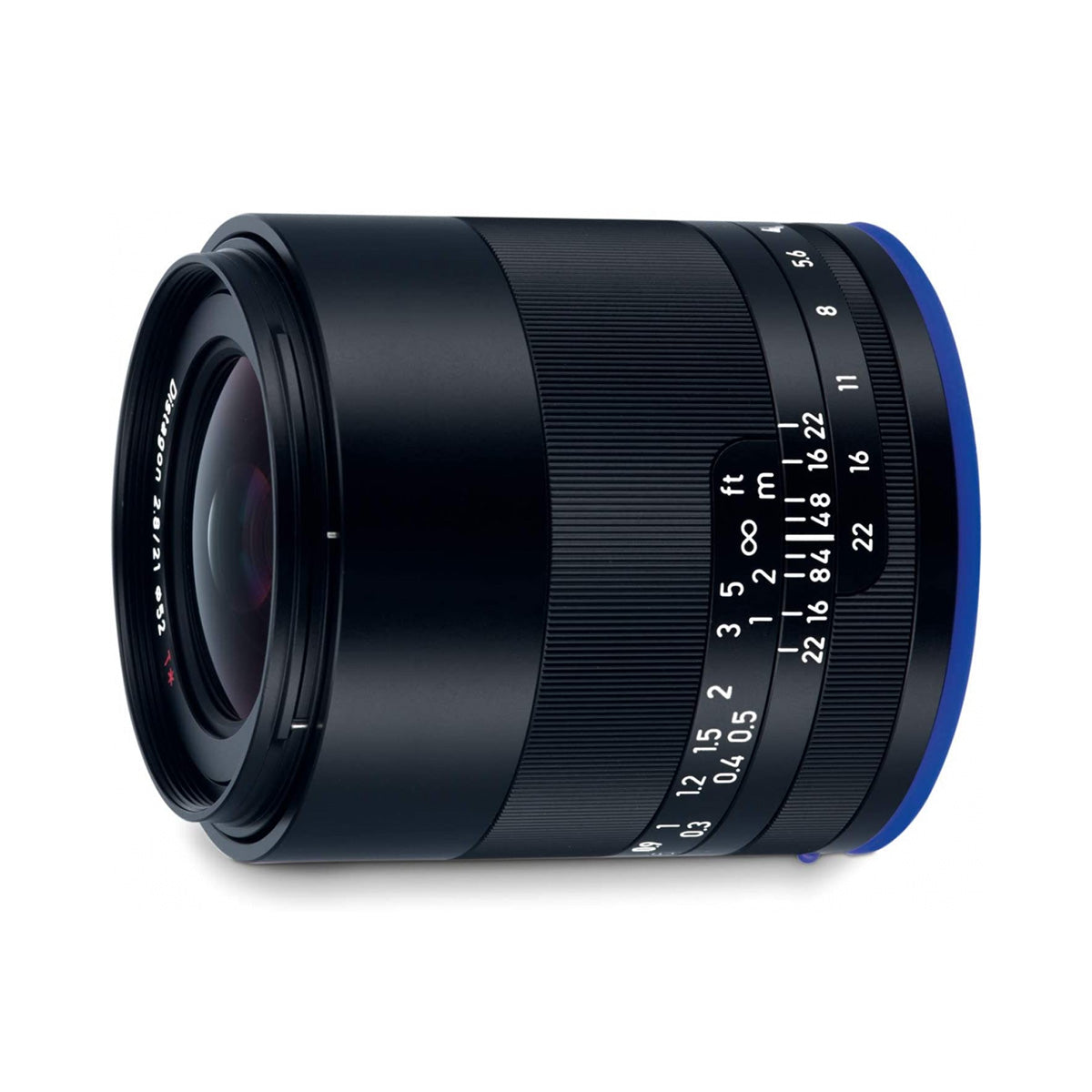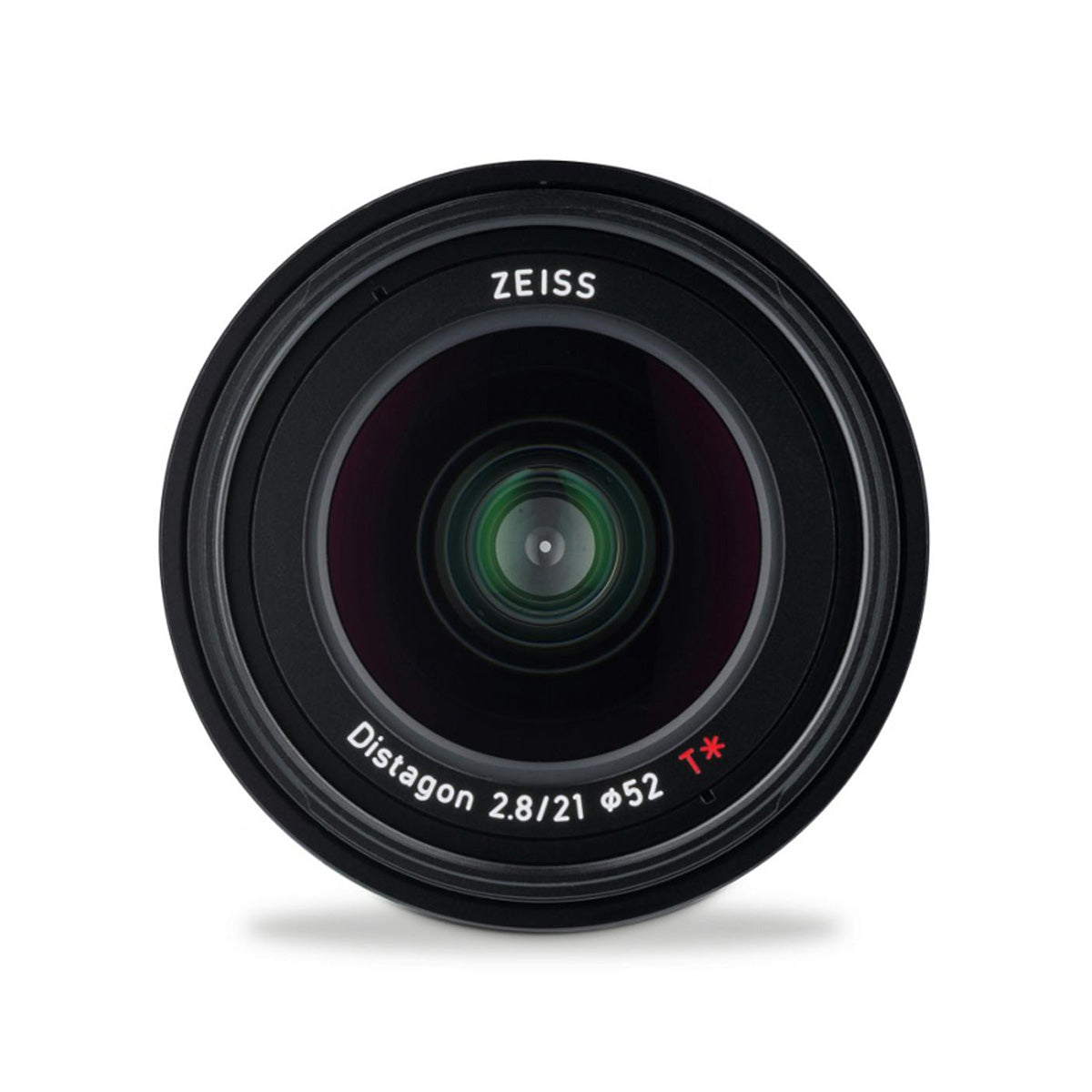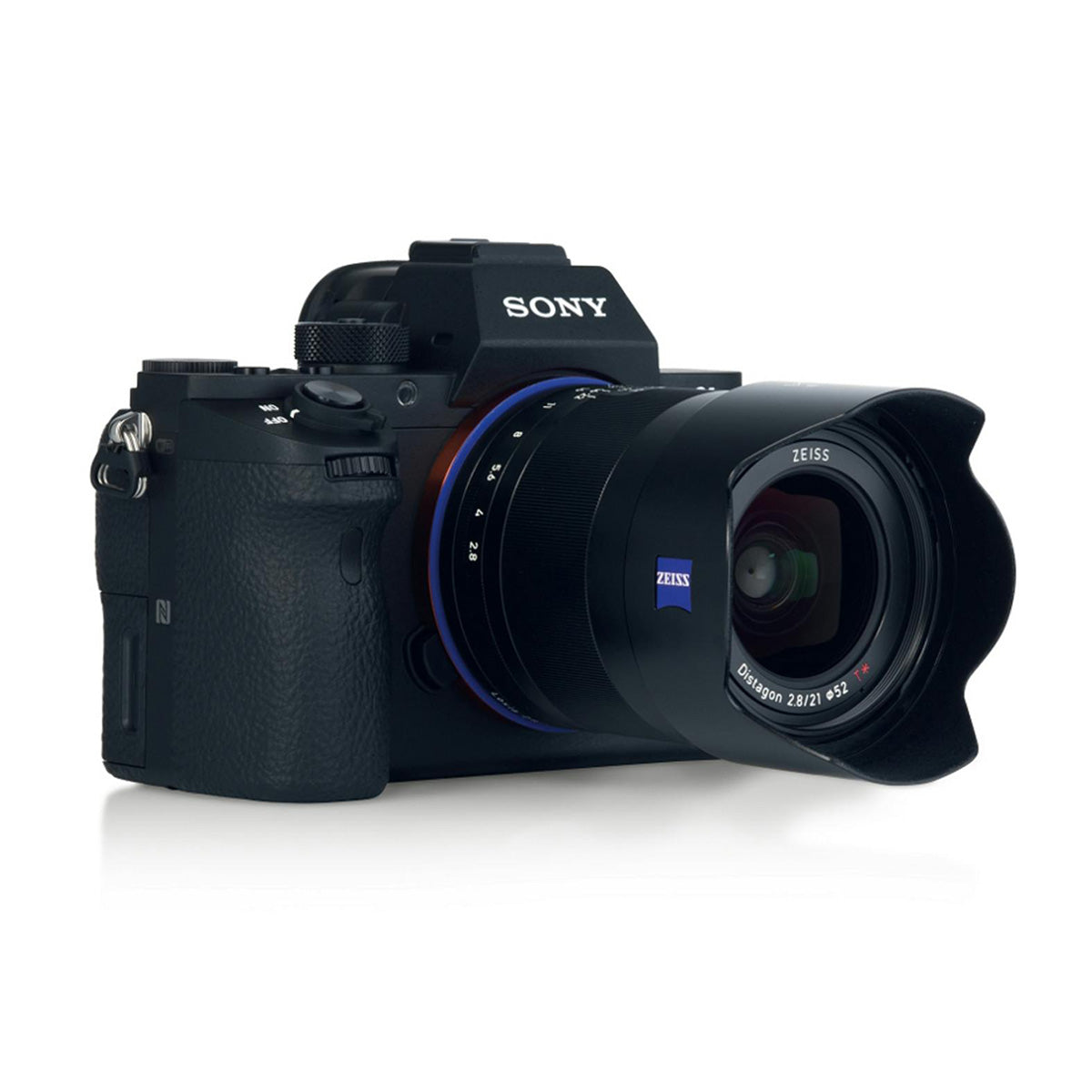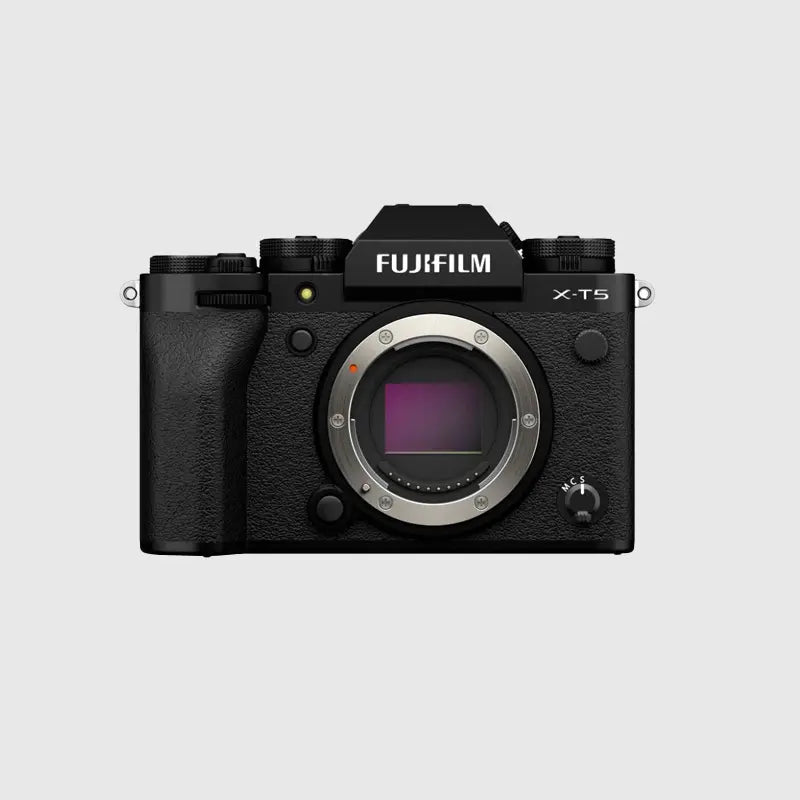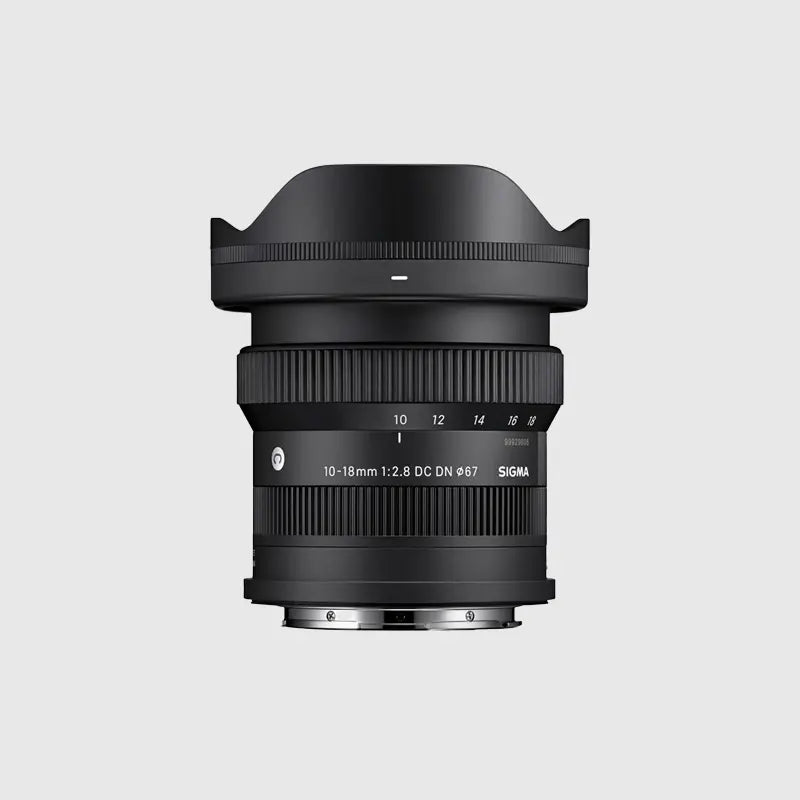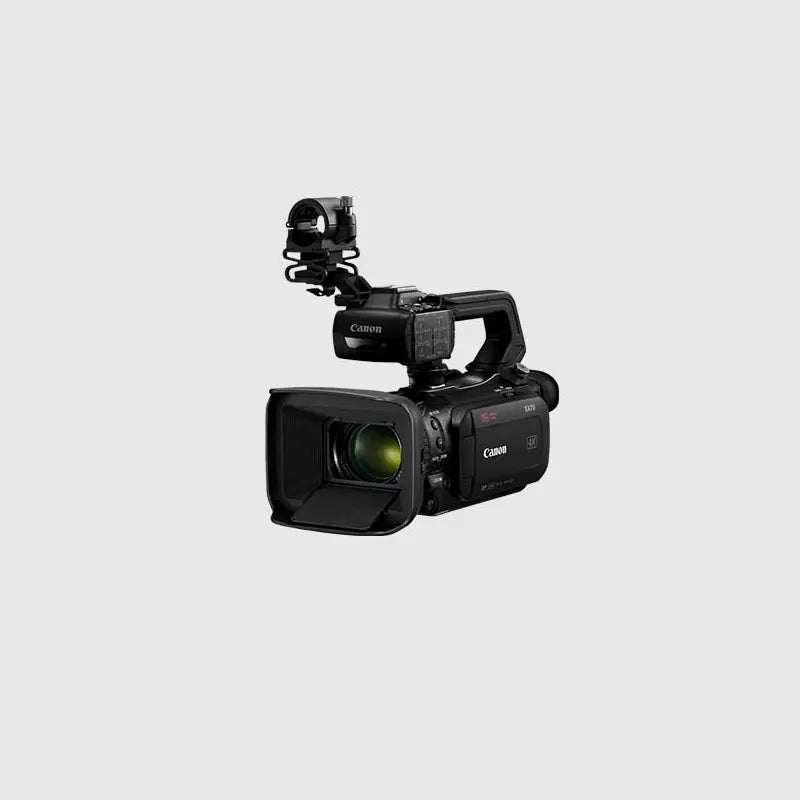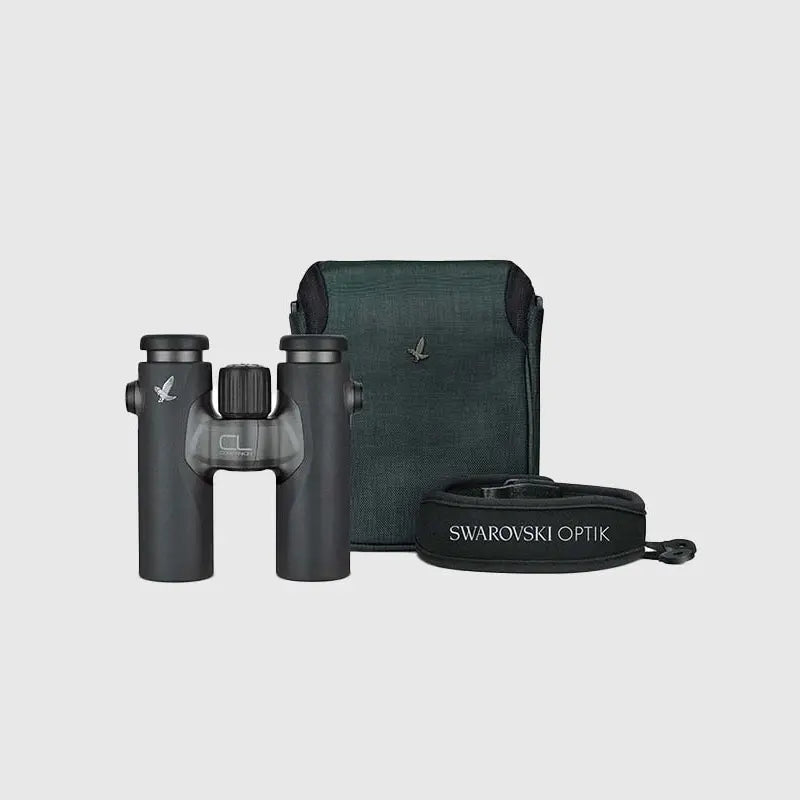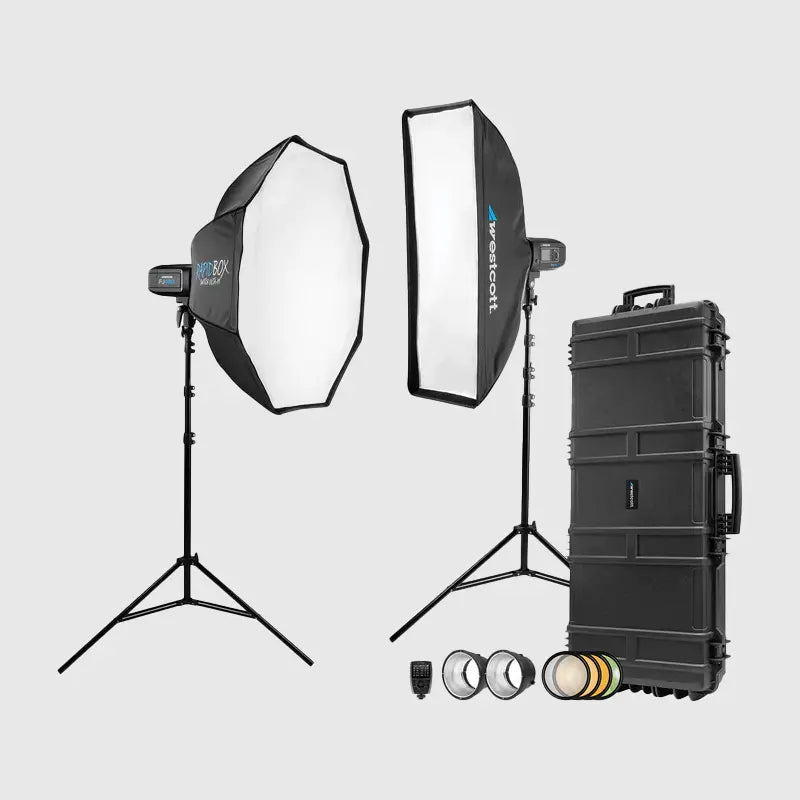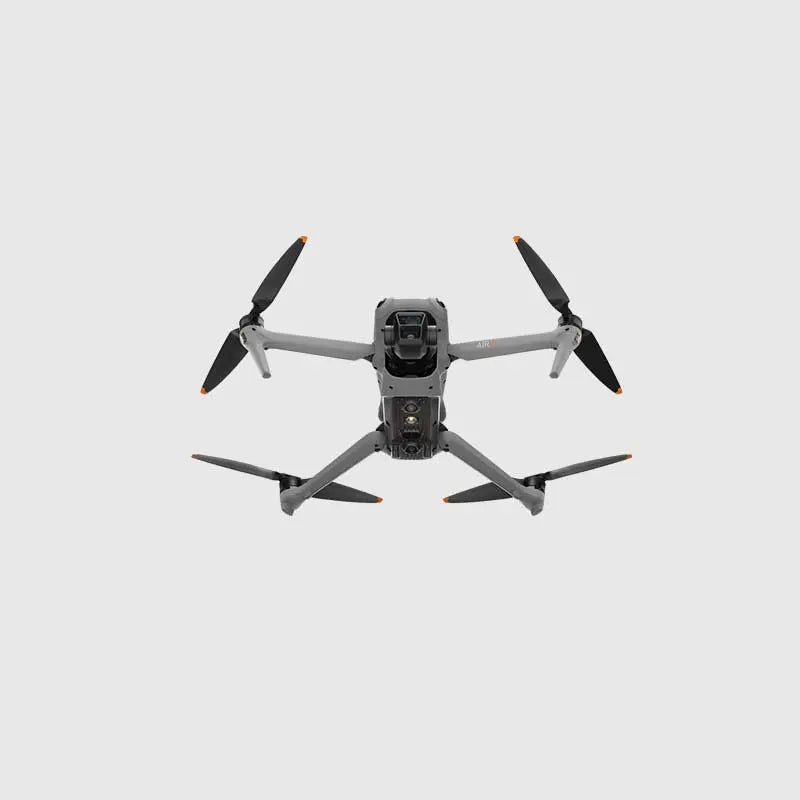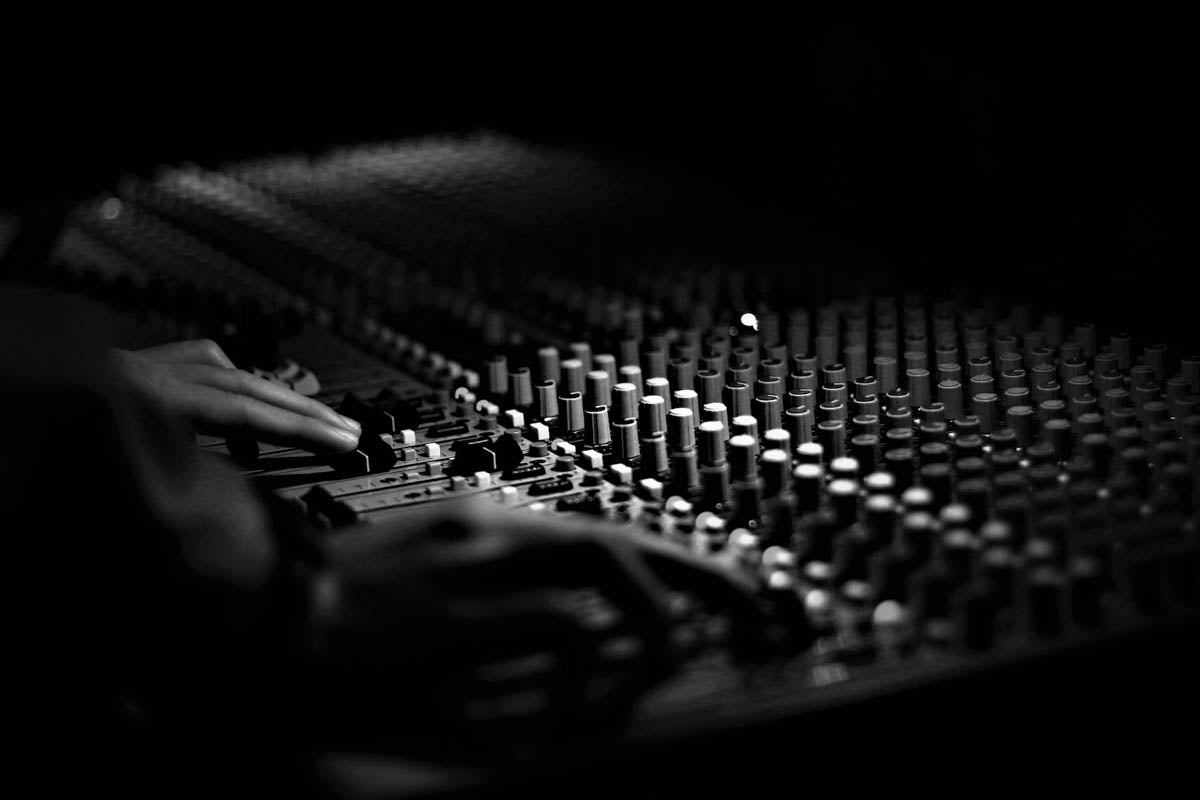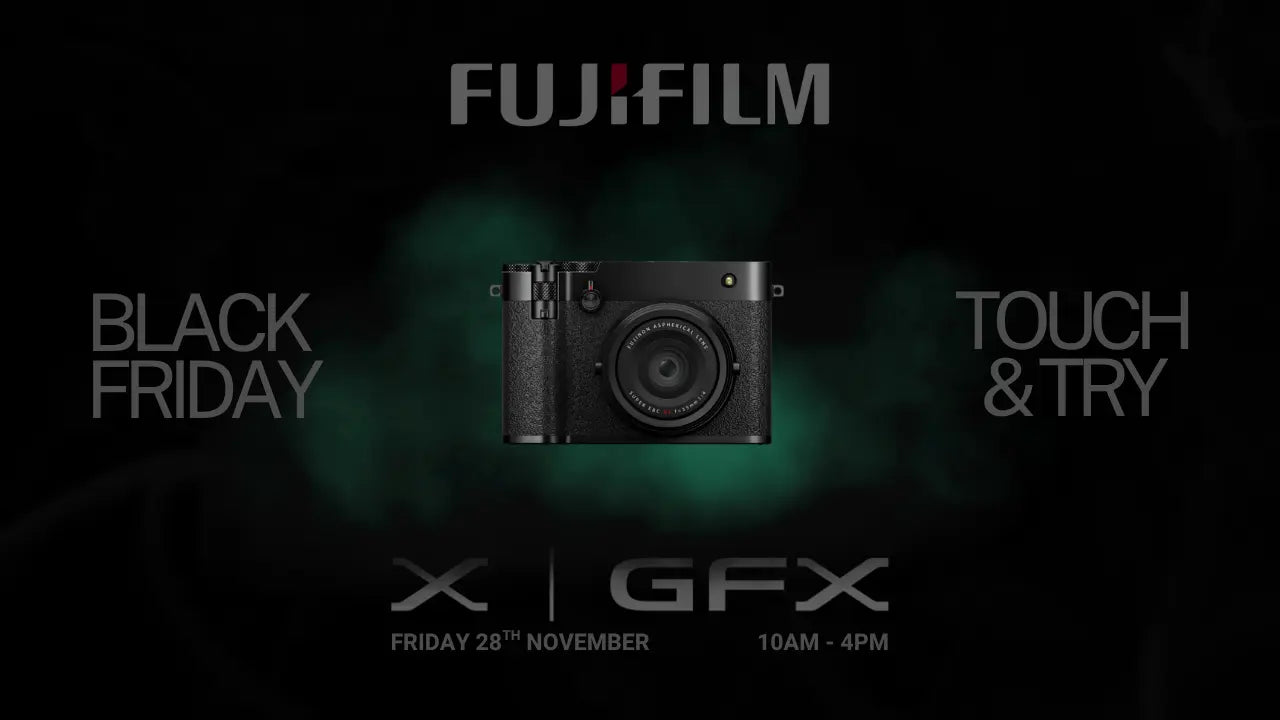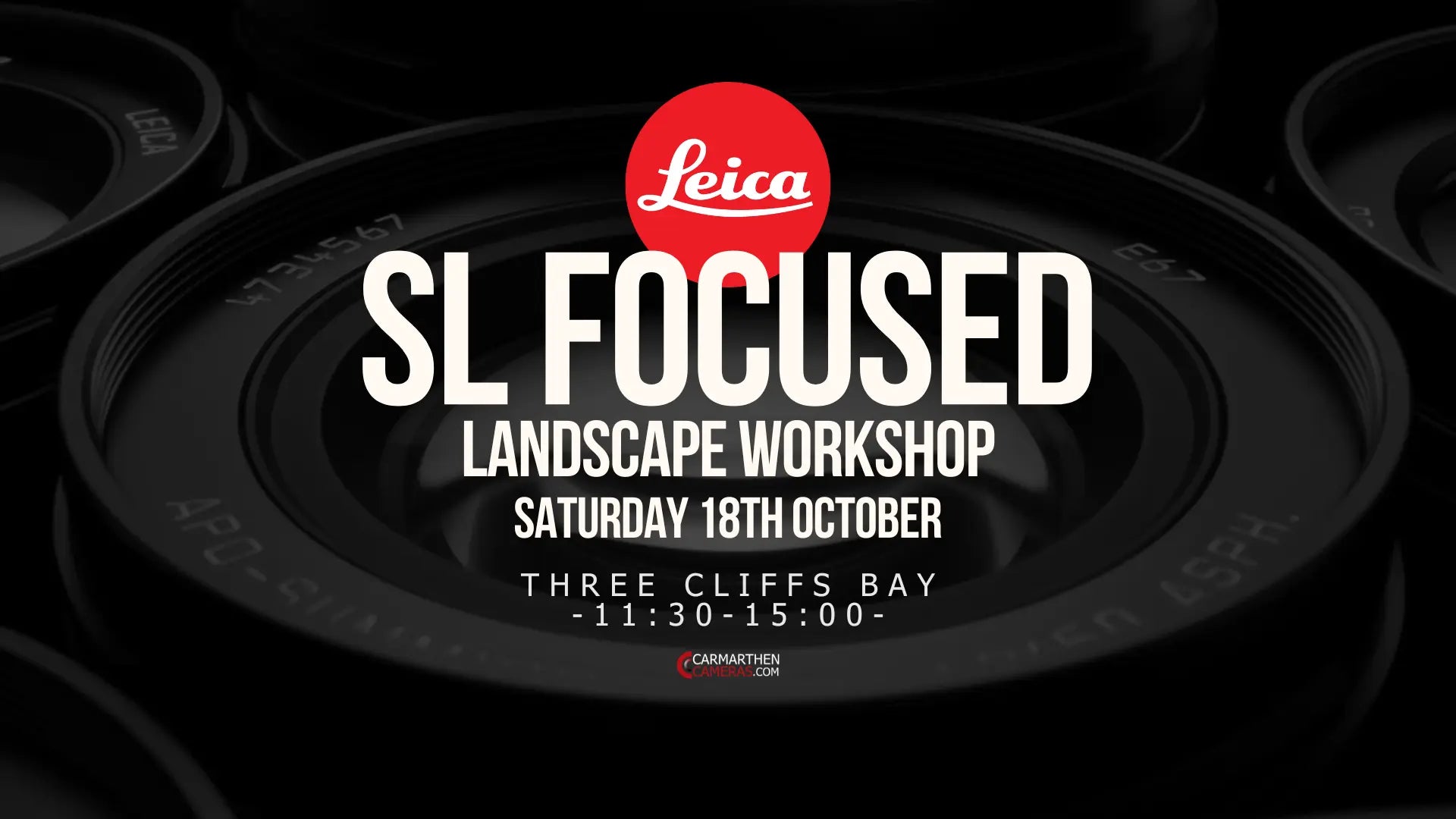Product Description
Zeiss Loxia 21mm f/2.8 Lens for Sony E-Mount Mirrorless Cameras
Compact Ultra-Wide Precision – Built for Full-Frame Sony α7 Series
The Zeiss Loxia 21mm f/2.8 is a premium manual-focus wide-angle lens designed exclusively for Sony full-frame E-mount mirrorless cameras. Delivering edge-to-edge sharpness, virtually distortion-free rendering, and advanced control for video shooters, it’s the ideal lens for architecture, landscape, street, and cinematic content creators seeking compact, high-performance glass.
Ultra-Wide Field of View in a Compact Design
Despite its portable, full-metal construction, the Loxia 21mm f/2.8 offers an expansive 91° angle of view, enabling dramatic perspectives and spatial depth without compromising image fidelity. Whether you're photographing vast landscapes or shooting interior architecture, this lens captures stunning detail and clarity.
Designed Specifically for Sony α7 Mirrorless
-
E-Mount Compatibility: Fully optimised for Sony’s full-frame mirrorless systems, taking full advantage of the short flange distance for superior optical performance.
-
Manual Aperture and Focus Control: Allows direct, tactile control over your exposure and composition, with intuitive feedback and beautifully engineered mechanics.
DeClick Aperture Function – For Filmmakers
The DeClick feature lets you disengage the aperture detents with a supplied tool, enabling smooth, silent aperture changes during video recording. This makes the Loxia 21mm f/2.8 an exceptional choice for cinematic applications and hybrid shooting environments.
Distagon Optical Design – Minimal Distortion, Maximum Clarity
-
Virtually Distortion-Free: Straight lines remain straight, even at the edges of the frame – ideal for architectural and interior shots where geometric accuracy is critical.
-
Advanced Coatings and Element Design: Exceptional resistance to flare and ghosting, with high contrast and rich colour reproduction across the image field.
Precise Manual Focus for Creative Control
-
Generous Focus Rotation Angle for exact adjustments
-
Silky smooth focus ring with no play
-
Engraved scales in feet and metres, plus depth of field indicators
This enables perfect focus control whether you're shooting at infinity or working close-up for environmental detail and storytelling.
Built to Last – Full Metal Construction
-
Robust all-metal housing: Ensures longevity, reliability, and a premium feel
-
Weather-sealing at the mount: A special bayonet ring provides resistance to dust and moisture
-
Grippy focus and aperture rings: Precision-machined for confidence in the field or on set
Key Specifications:
-
Focal Length: 21mm
-
Maximum Aperture: f/2.8
-
Lens Mount: Sony E (Full-frame compatible)
-
Format Compatibility: Full-frame (24 x 36mm)
-
Angle of View (Full Frame): 91°
-
Minimum Focus Distance: 0.25 m
-
Aperture Control: Manual with DeClick feature
-
Focus Type: Manual focus only
-
Lens Coating: ZEISS T* anti-reflective
-
Construction: Full-metal housing
-
Filter Thread: 52mm
-
Weight: Approx. 394g
-
Weather Sealing: Bayonet seal for mount protection
Ideal For:
-
Architecture and interiors requiring distortion-free rendering
-
Landscape photography with immersive perspective and detail
-
Street photography with environmental context
-
Filmmakers needing precise control and silent aperture transitions
-
Travellers seeking compact, professional optics
Precision Meets Portability
The Zeiss Loxia 21mm f/2.8 is a compact wide-angle lens that delivers professional results in a lightweight, tactile form. Whether you're capturing stills or producing cinematic footage, this lens gives you total creative control with legendary ZEISS quality — making it an essential tool for modern mirrorless shooters.
Payment & Security
Your payment information is processed securely. We do not store credit card details nor have access to your credit card information.

